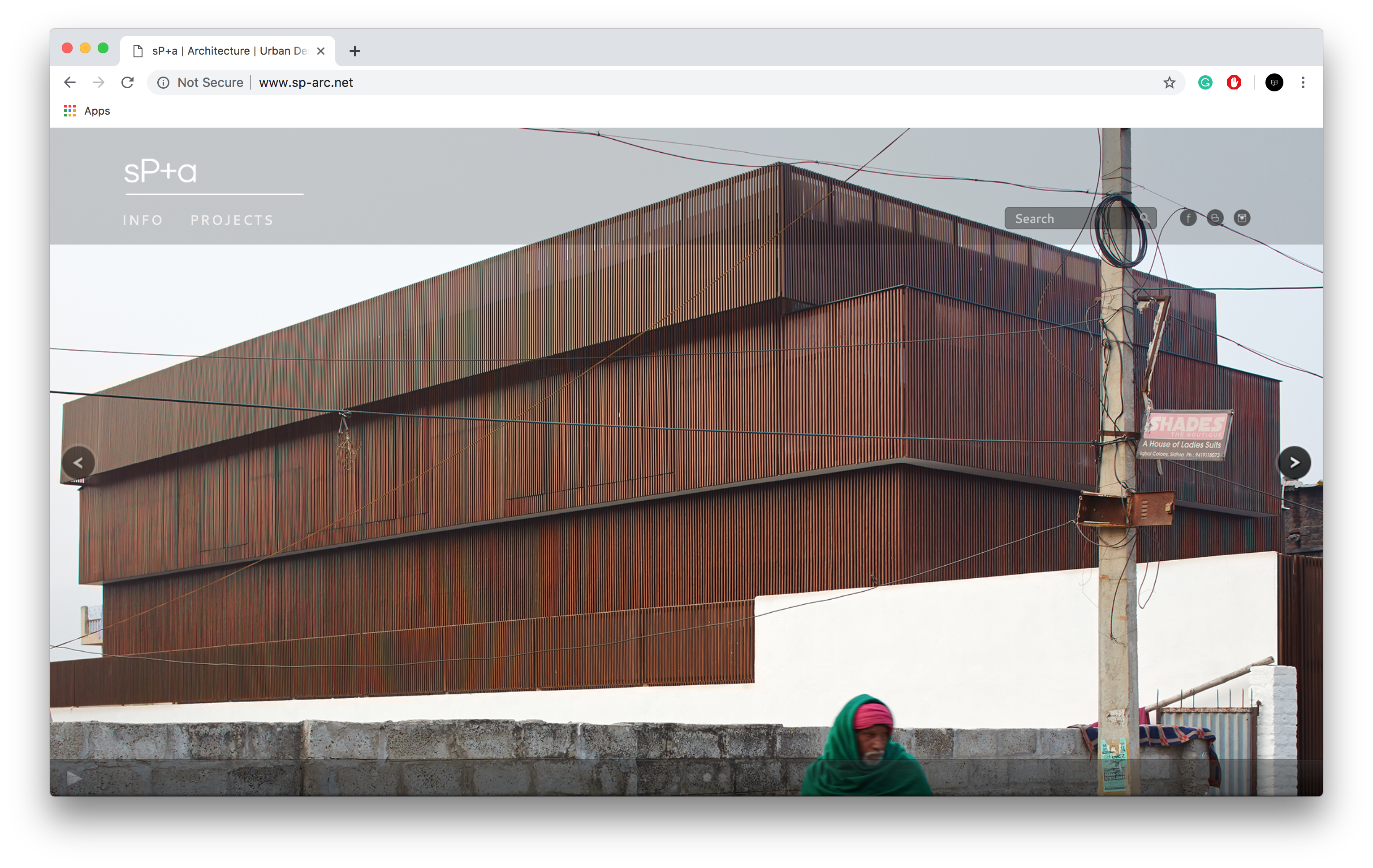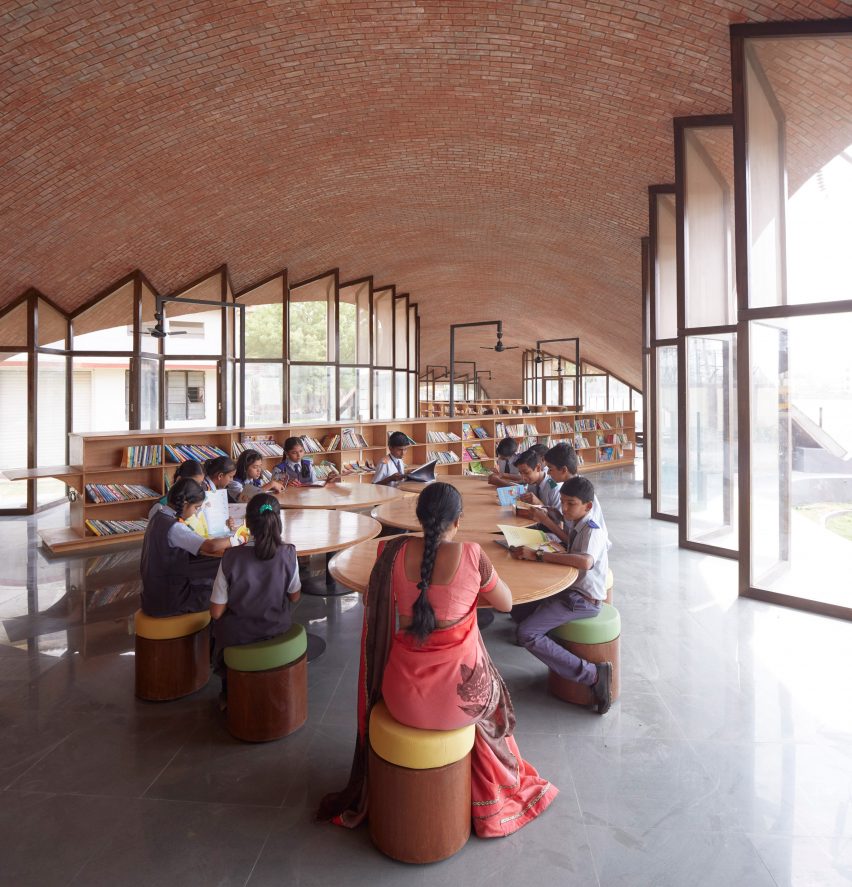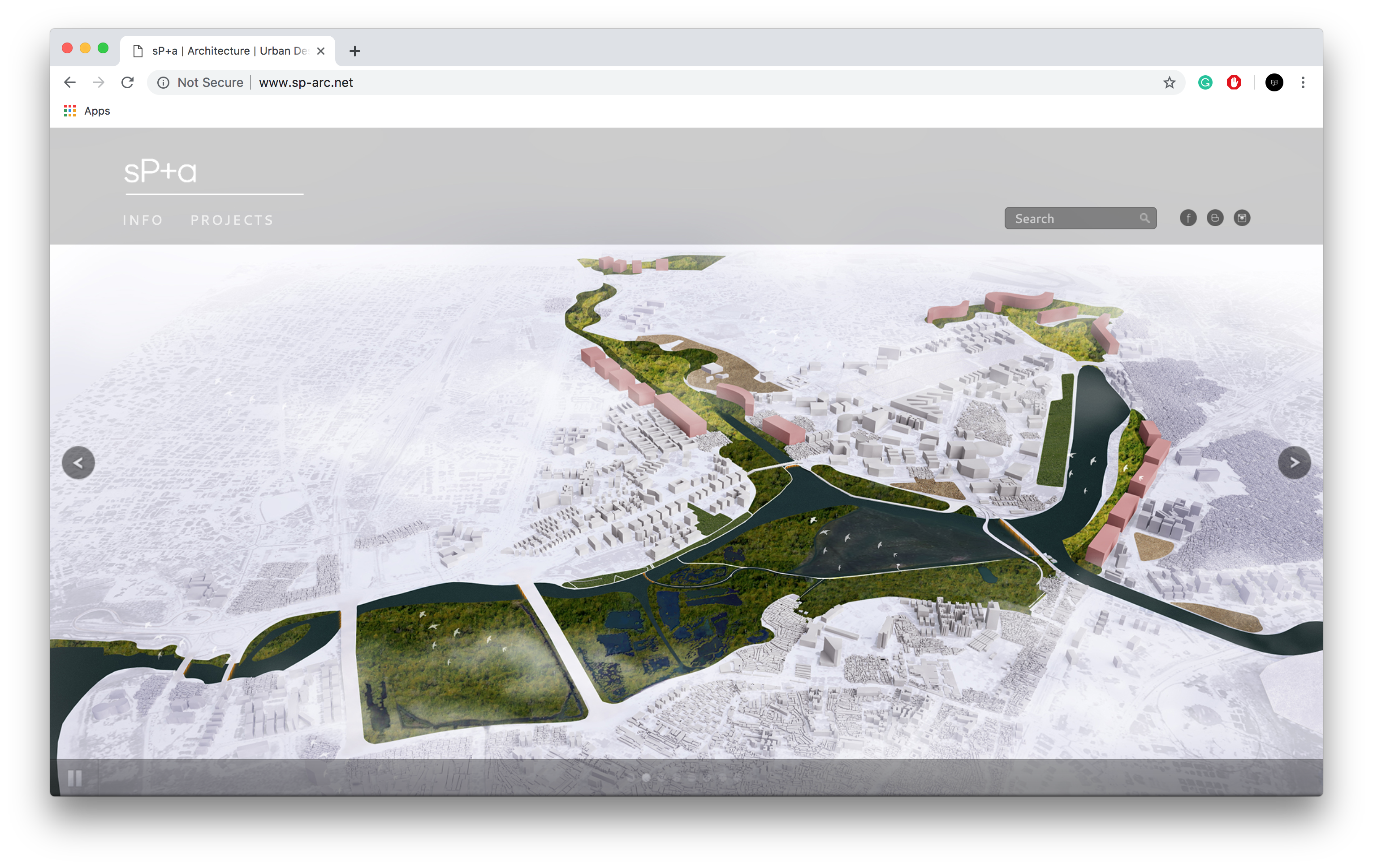
Sameep Padora and associates believe that India’s vast breadth of socio-cultural environments require multifarious means of engaging with the country’s varying contexts. Together with Aparna Dhareshwar and Vami Koticha the practice actively engages with research, collaborations and collective models of practice not as isolated individual formats but as symbiotic streams feeding into each other.
Matteo: Hello Sameep
Sameep: Hey Matteo!
M: What does sP+a means?
S: Literally Sameep Padora + associates.
M: How did you come together?
S: I established the practice when I retuned after studying and working in the US and along the line also founded the not for profit Bandra Collective and our research arm sPare.


M: How important is it the cultural aspect during the thinking process?
S: It is extremely important, it structures an attitude to place and people and from that a certain way of thinking about and doing things.
![]()
![]()


M: You were the first to introduce to me the Indian essay from the Eames, do you think it was actually helpful for the development of India in these fields?
S: It's a great essay in the sense it critically examines the value inherent in everyday cultural objects that we tend to gloss over. But perhaps not as catalytic as one imagines it could have been.

M: Talking more about architecture, do you think that after Doshi won the Pritzker Price, Indian architecture received more interest or it always had also before?
S: I am assuming you mean perception of Indian Architecture beyond India, no I don't see a massive change as yet. But it is true that a lot of the young practices in India are buoyed by this much delayed recognition of Doshi's work.
”design is liberated by the possibility of mobility of its product..”
M: We discussed how Indian design is still Not unified as a group like it could be Indian architecture which is much more closely related to the ground field, do you think is there any specific reason?
S: I think it ties into the mode that these two disciplines operate with, and in some sense the imperative of context especially in the case of architecture. While both disciplines can operate within a specific ecology of materials architecture's specificity of operating contingent on a place after the process of making is what perhaps creates this difference. Ofcourse both architecture and design can take opposite positions as well, but the point is really from a common minimum for both disciplines. Design is liberated by the possibility of mobility of its product.

M: Which of the 8 countries of CCC would you like to explore?
S: Japan.
Interview by Matteo Guarnaccia
Photography credit sP+a website
Photography credit sP+a website